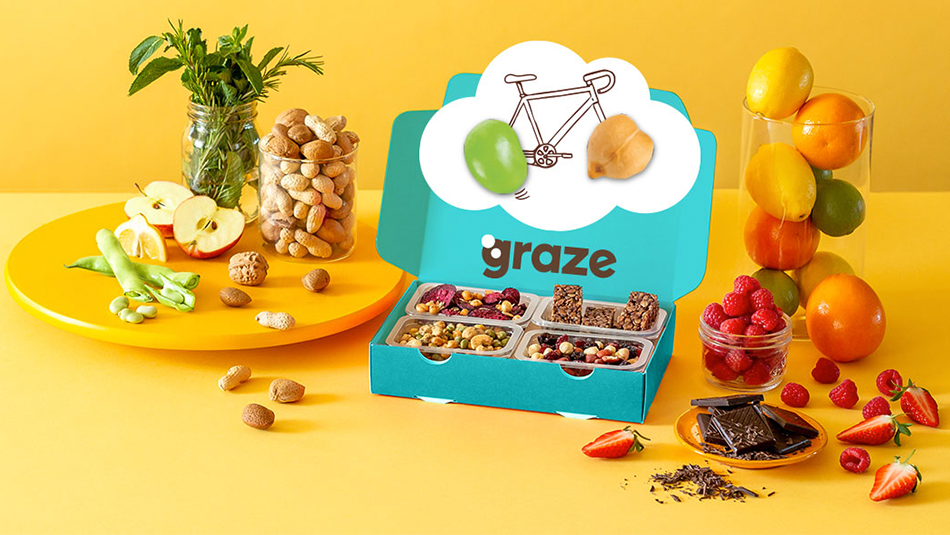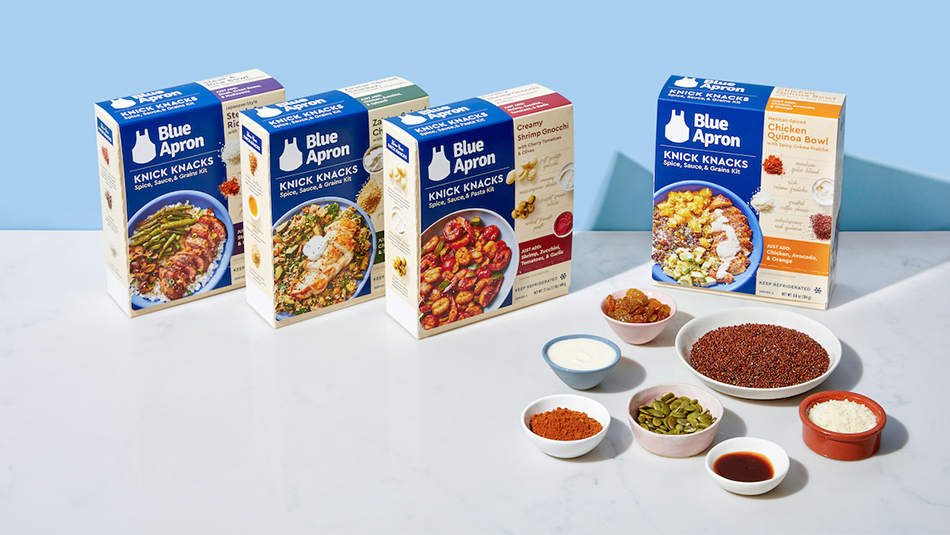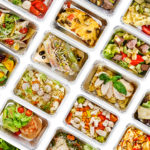
What Does the Customer Really Value in a Meal Kit?
If there’s one thing we learned about the meal kit business last year, it’s big business! But it’s also a complex and volatile industry. In this space where food and tech converge, intimately understanding the customer is a real challenge. And just when you think you’ve got everything figured out, the industry takes yet another turn.
The meal kit industry has been impressively responsive when it comes to finding new ways to address challenges, attract new customers and build long-term loyalty. From adopting multi-product and multi-channel strategies to forging unexpected strategic partnerships at retail, across eCommerce and through on-demand delivery; the industry has shown a willingness to do whatever it takes to meet their customer’s demands. But where the marketing of meal kits is concerned, the only constant is change. So, what does all this mean for the future of this space? After following this industry closely for nearly two years, here are a few of my predictions.
Laser Focus on Adding Value Beyond Delivery
In a recent survey from Market Force, nearly 6 out of 10 consumers reported they quit their meal kit subscription service because the value wasn’t worth the money. And while price has always been a top barrier for retention, the larger question is, what does the customer really value when it comes to meal kits?
The bottom line: at a fair price, meal kit companies need to go beyond solving what’s for dinner, eliminate a grocery trip and provide quality and convenient meal options across several dayparts, all while fueling their customer’s total health.
In fact, consumers are more likely to stick with a meal kit if it aligns with their dietary goals. Following this lead, just last December, Blue Apron announced its partnership with WW (formerly Weight Watchers). And when demand proved much greater than expected, they announced a shift to a more health focused offering, possibly unlocking a plan for sustainable and profitable growth.
In another example of dietary leading the way, Hormel recently released a soft foods meal kit in an ultra-targeted move to reach consumers with swallowing disorders.
Both are great examples of meal kit services focusing on the benefits and value they provide. It’s worth noting, there are opportunities for food brands and commodities to engage in this space as consumers and meal kit companies look for more functional ways to meet consumers needs and expectations.
Redefine “Discovery” Experiences
At inception, the whole point of meal kits was for the consumer to skip the grocery line and conveniently discover or rediscover a love of cooking, eating and enjoying new foods. While this may attract a certain type of consumer, trends show that most consumers want this experience only if it doesn’t over complicate their lives.
In order to stay current with consumer demand, kits must become more simple (in my meal kit experiment it took an average of 40 minutes to make a meal) and provide an opportunity to revive their customer’s original sense of discovery. Even when they’re not going through the entire process of cooking a meal, consumers can still find inspiration in interesting short-prep and ready-to-eat options. And they can discover new ingredient pairings in the process. Perhaps meal kits are becoming more about ingredient discovery as opposed to learning how to cook.
Why is this important? Because trends are easily set in this space. Food brands and food commodities have an opportunity to insert their brand/ingredient next to another trending ingredient. If it’s a match made in heaven, the next thing you know it’s on menus and shelves and top of mind for consumers.
The Rise of Short-Prep, Ready-to-Eat and Snacking Meal Kits
According to the Mintel Snacking Motivations and Attitudes report (2017), more than 51% of eating occasions are now snacking. In fact, 17% of Millennials say they are often too busy to eat a meal and 20% say it’s better to eat smaller meals and snack throughout the day, as opposed to the three standard meals.
At the intersection of convenient and healthy are, you guessed it – healthy snacks. According to the Mintel Market Sizes Report (2018), 32% of consumers say the majority of snacks they consume are healthy. That’s an increase from 2017.

This year we’re already seeing smaller meal concepts, ready-to-eat and even snacking meal kit concepts take flight. Services like Daily Harvest, which promise health and on-the-go convenience, continue to perform well. Other meal kits are reaching busy consumers through quick-prep or ready-to-eat meals, and yes, even small meals and snacks. True Food Innovations recently announced its purchase of Chef’d with the commitment to reintroduce the brand with quick prep meals. And in an unexpected turn of events, Unilever recently bought snacking kit Graze. Food & Refreshment President of Unilever Nitin Paranjpe said, “[Graze] offers personalization, convenience and great nutrition, brilliantly meeting the needs of Millennial consumers.”
Moving forward you can expect to see more kits offering small meals and snacks, prioritizing the customer’s on-the-go lifestyle. For food brands and commodities, the opportunity is there to reach highly coveted audiences in a way that puts the spotlight on the product and ingredients.
More eCommerce
Multi-product, multi-channel strategy continues to grow but with an on-demand, direct to consumer and eCommerce emphasis. While in a perfect world the subscription model is a dream come true especially for time-crunched Millennials, the fact is, consumers are weary of the commitment and price. They have fallen victim to the Amazon effect, reinforcing instant-gratification shipping kits free with Prime.
According to Sean Butler, former VP of Retail at Chef’d and current Managing Director at LIDD Supply Chain Intelligence, “The right way to do meal kits is not the subscription model. The future is a curated non-subscription e-commerce model supported by a fresh, rotating set of in-store offerings.”

He’s not the only one taking this stand. Last December, in an exclusive partnership with Jet.com, Blue Apron launched Knick Knacks, a recipe kit retailing for $7.99. By removing protein and produce, Knick Knacks addresses some of its supply chain challenges and reduces overhead cost. Each kit comes with a short (2-3 items) shopping list, offering its customers the convenience of meal planning while inspiring ingredient experimentation and eliminating the worry of subpar perishables.
Change Breeds Innovation When it Comes to Meal Kits
As I was finalizing this post, I received an alert saying Blue Apron’s CEO, Bradley Dickerson, has resigned and handed the reins to Linda Kozlowski, former COO at Etsy, Inc. But even beyond Blue Apron, you can bet we’ll continue to see this industry evolving.
As providers search for the perfect intersection of health and convenience, there will be more and more highly targeted meal kits focusing on the highest-value customer and their unique needs. Right now, the answer seems to be smaller, prepared or quick prep meals that meet specific dietary needs. New ways of offering meal kits that eliminate sourcing and shipping perishable ingredients. And finally, in response to the growing reluctance towards the traditional subscription model, more one-offs kits purchased via eCommerce or specialty retail channels.
For brands looking to engage in this space, the most important thing to look for is the value and benefit being delivered to the consumer. If they are clearly defined, presented in an exciting and inspiring way and work within the customer’s everyday life, the possibilities for brands and providers are truly endless.





